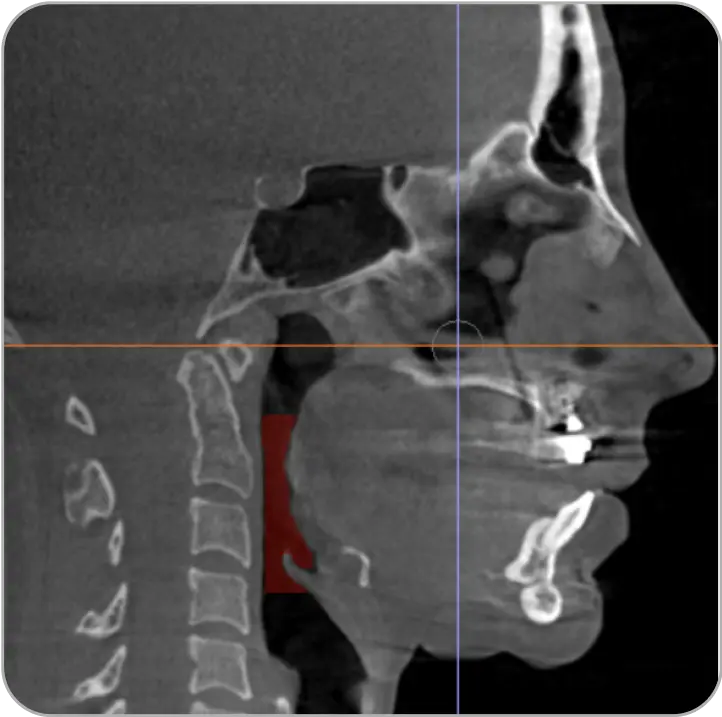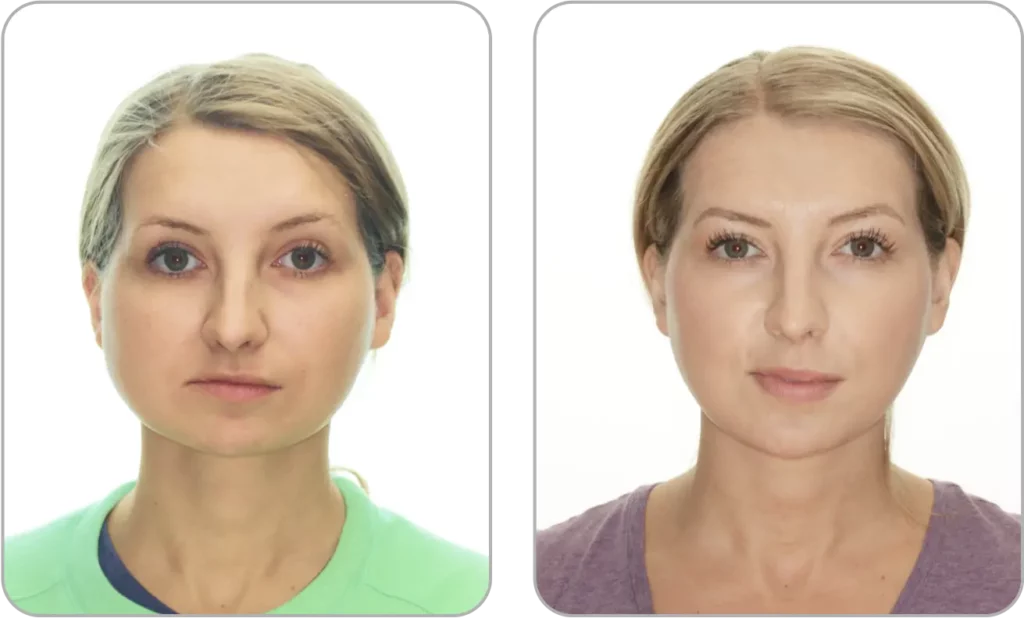
Condition
Trauma
Trauma refers to an injury or damage that happens to the body due to a sudden and often
forceful event. It can be caused by accidents, falls, or impacts. In some cases, when the
trauma causes severe harm to certain body parts, like the bones or organs, surgery may be
recommended to repair or restore them and promote healing.
Common Symptoms
Common symptoms of trauma to the jaw joints include persistent or recurring pain in the jaw joint area, difficulty or discomfort while chewing or talking, jaw stiffness or locking, clicking or popping sounds in the jaw joint, headaches, earaches, facial pain or tenderness, toothaches, and muscle tension in the jaw or face. These symptoms can become chronic and significantly impact daily activities and quality of life, leading to functional limitations and emotional distress.She experienced debilitating symptoms, including chronic pain, difficulty chewing and speaking, limited jaw movement, and impaired quality of life due to the loss of teeth and jaw fractures.
Procedure Performed
Maxillomandibular Advancement (MMA). Bilateral Total Joint Replacement (TJR). Quad zygomatic Implants. Genioplasty.
About This Patient
This patient lost several of her upper teeth as a result of a traumatic motor vehicle accident. She also had bilateral subcondylar fractures, and a parasymphyseal fracture. These injuries resulted in an inability to function properly, significantly compromising her ability to eat, speak, and perform basic jaw movements. In order to address the wideness of the lower jaw the jaw was constricted by using a custom plate and removal of one incisor. The upper jaw and lower jaw were advanced and total joint replacements were placed along with placement of quad zygomatic implants to provide dentition. The bone quality of the maxilla was not conducive to conventional implants. The upper teeth had guarded long term prognosis. Now the patient has a more triangular face, addressing the widened jaw angles. The extensive trauma necessitated surgical intervention to address the fractures and restore functional abilities, leading to improved function and enhanced quality of life post-surgery.
VIRTUAL SURGICAL PLANNING - PREOPERATIVE POSITION

VIRTUAL SURGICAL PLANNING - FINAL POSITION
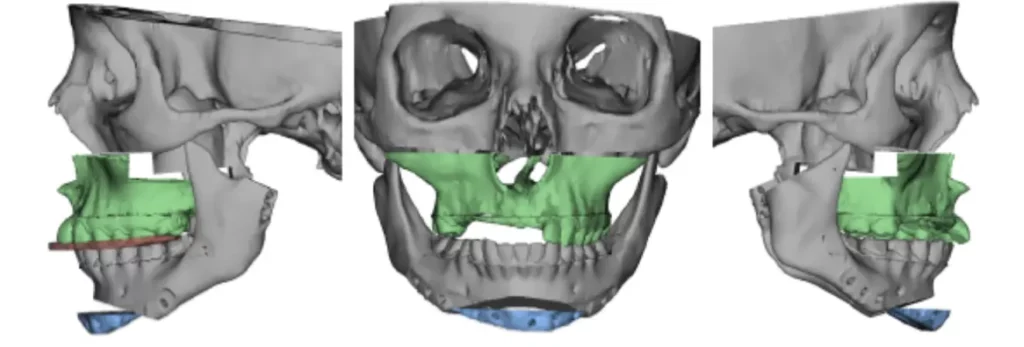
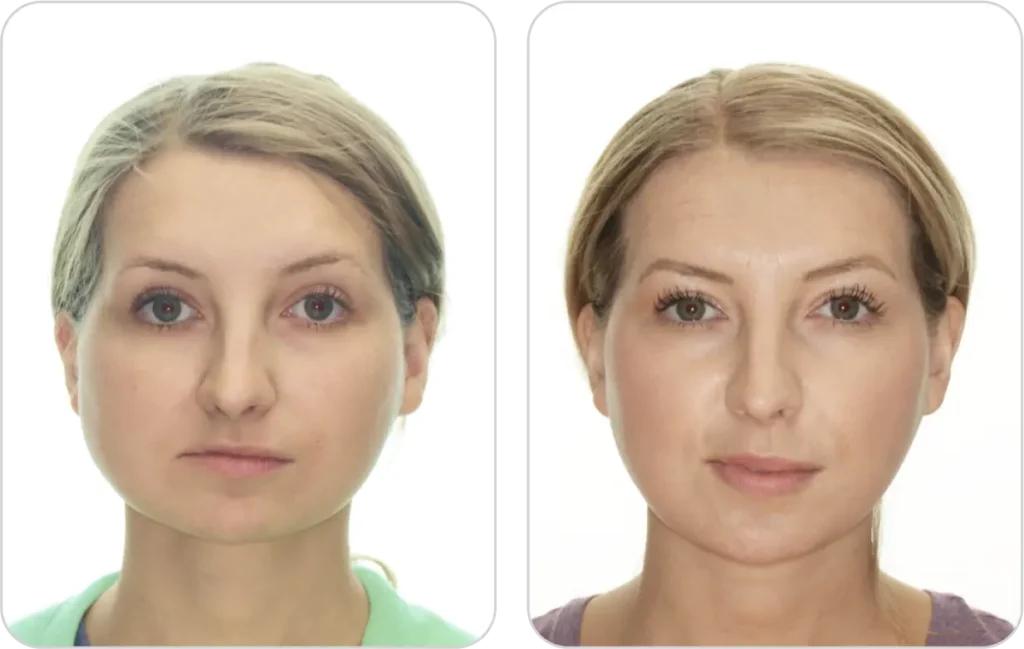
Before
After
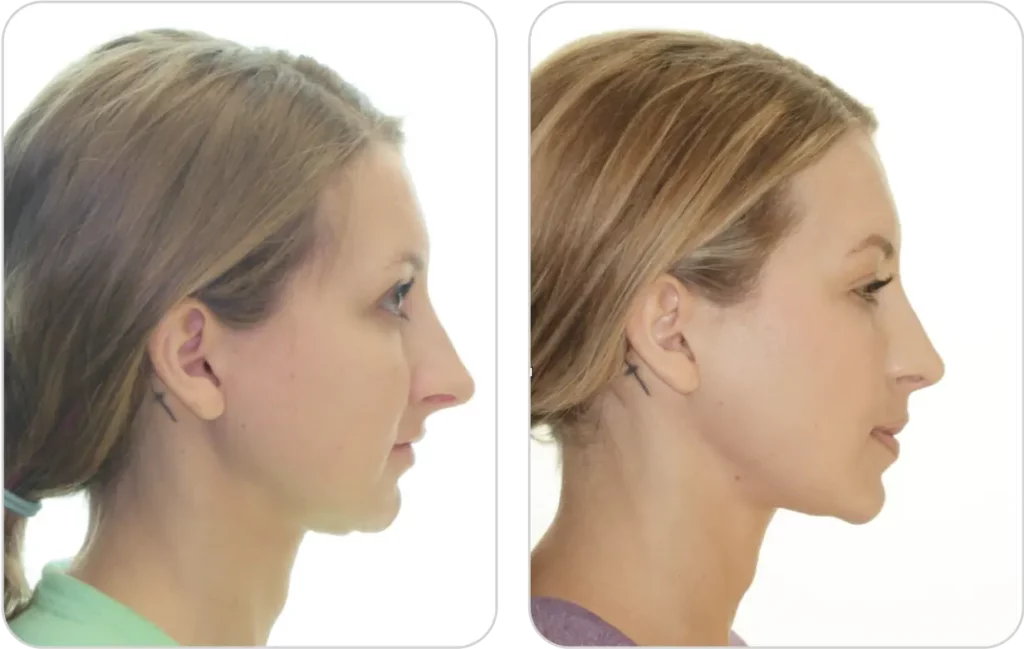
Before
After
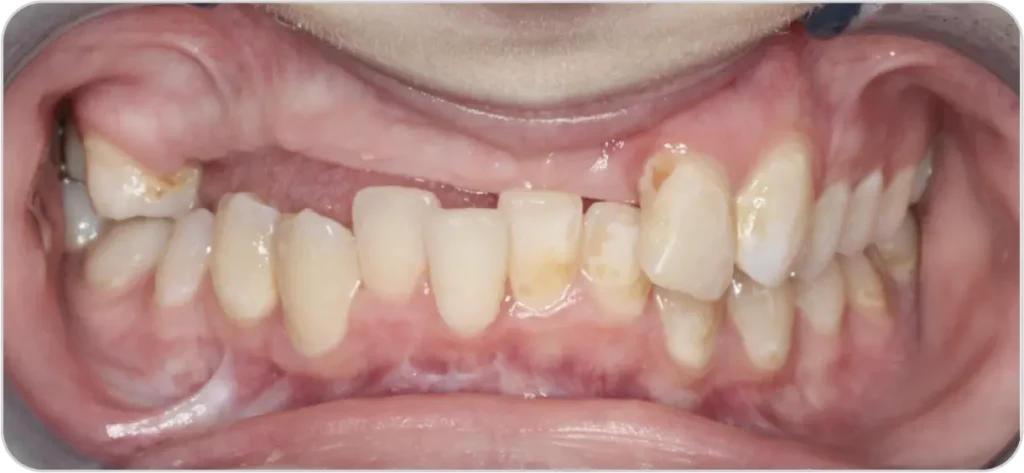
Before Occlusion
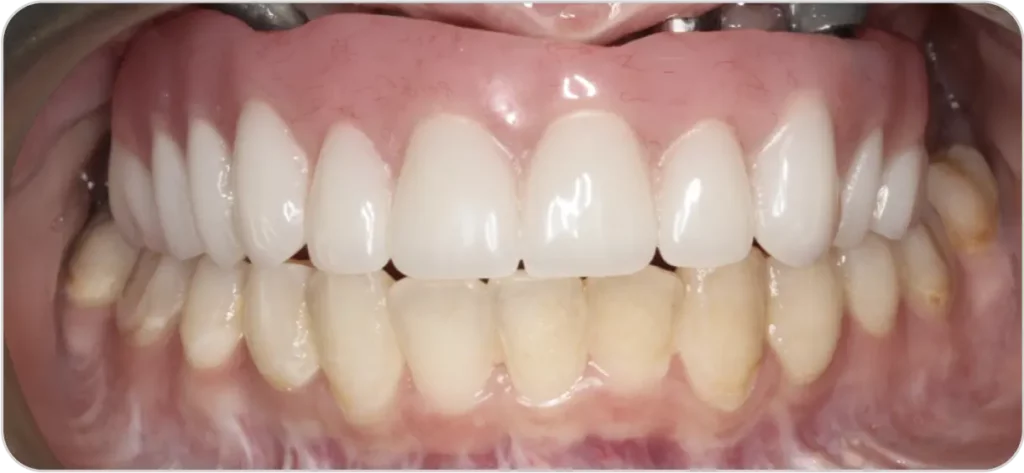
After Occlusion
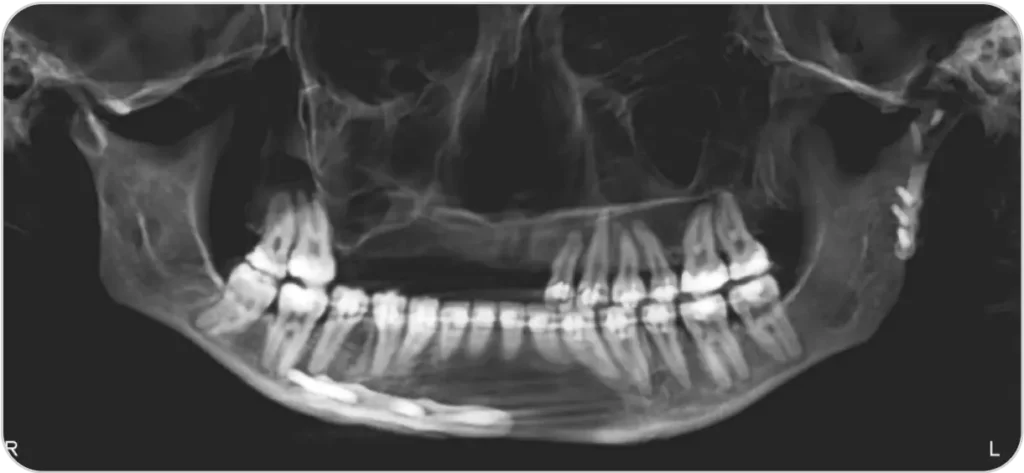
Before Surgery
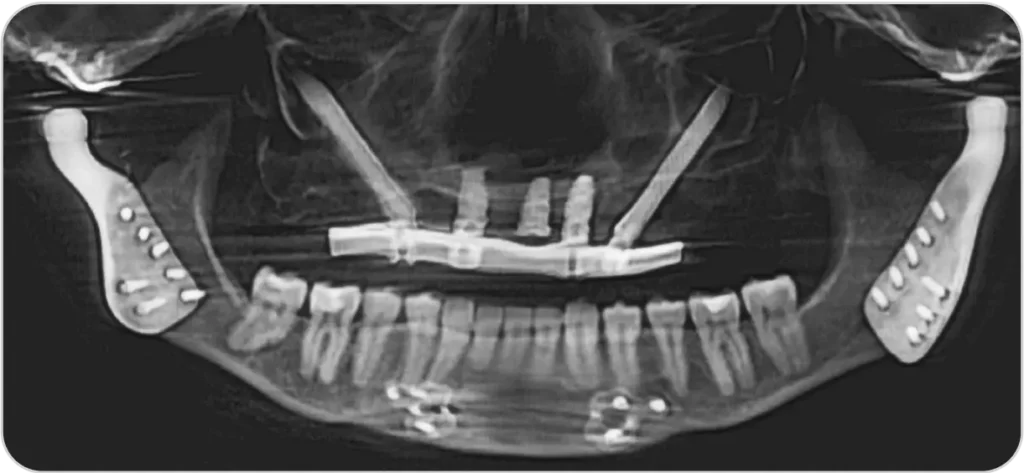
After Surgery
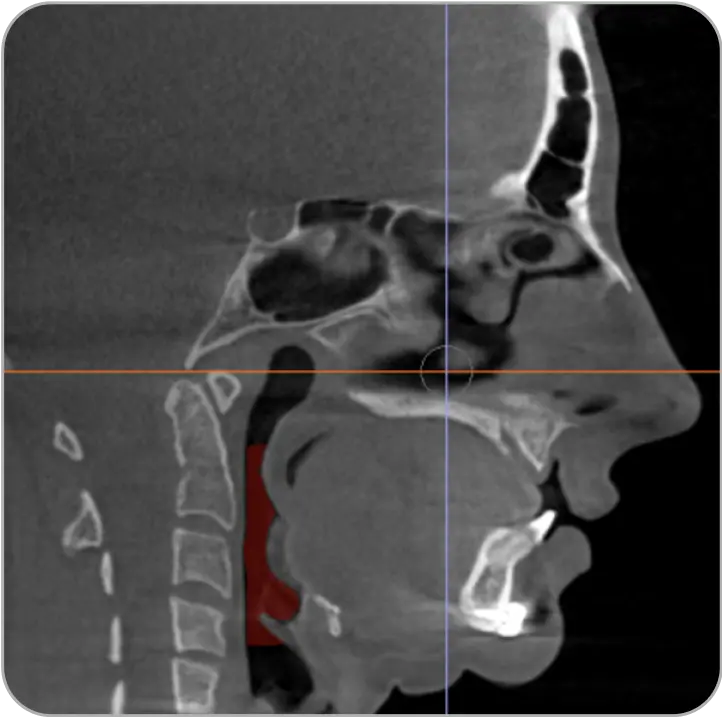
Before Airway
